Shanghai, China
+86-17317656853
inquiry@cgprotection.com


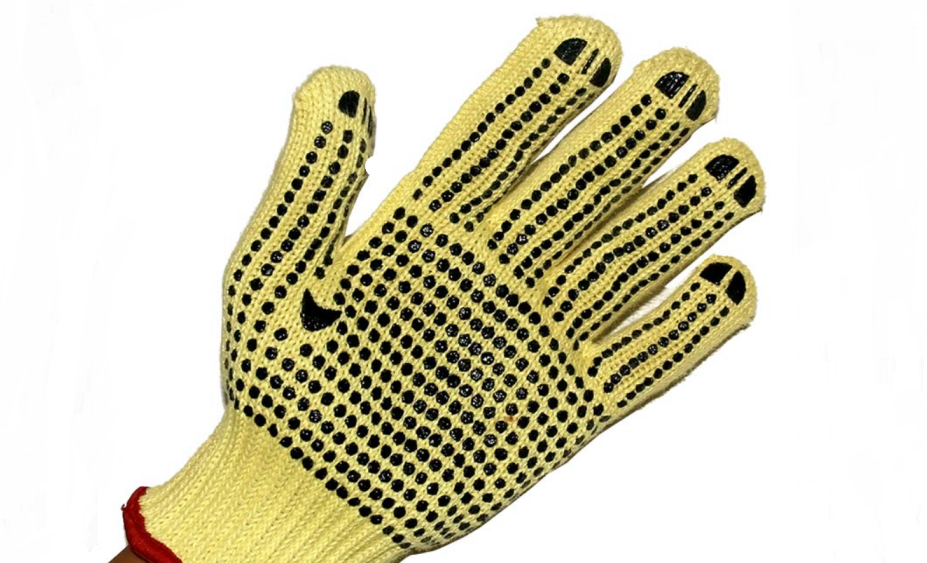
Anti-cut gloves are a kind of gloves that are difficult to cut and it can protect hands with incomparable anti-cut function and wear resistance, so that it becomes a high-quality hand protection product. Anti-cut gloves are divided into 5 levels and different levels correspond to different protection effects. You must know the use restrictions when choosing cut-proof gloves, so we would like to introduce more details about the levels difference.
EN388 is the European standard for the safety testing of protective gloves against mechanical hazards. Mechanical hazards are those risks most likely to be caused by friction, cutting, tearing and piercing. The four basic test capabilities that indicate this standard are:
Abrasion resistance: Number of turns of glove material against repeated friction;
Cut resistance: Number of turns of glove material resistant to cutting objects;
Tearing resistance: That's how many units of force it takes to tear a pre-cut hole in the glove material;
Puncture resistance: How much force is required to puncture the palm of the glove with a calibrated nail.
EN388 standard uses different measures for the above tests, and then the test results obtained from the tests are indicated with different mechanical hazard symbols to indicate the rating status of the gloves against each of the four basic tests, and the results are recorded as the functional level. The higher the level is, the better protection the gloves provide
Gloves shall be marked with the shield logo of blacksmith's hammer and iron, and shall be rated from 1 to 4 with the highest cut rating of 5.
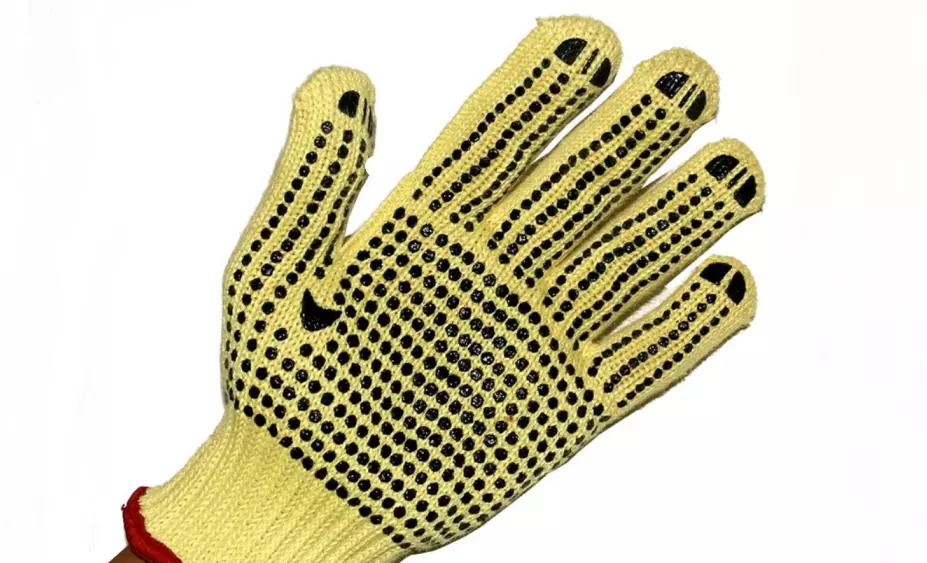
Level 1:
It is mainly used for very low cutting risk. These gloves can protect your hands from minor cuts such as paper, but there is no guarantee against a real blade. They are typically used in jobs that don't involve sharp objects, such as car repair or landscaping.
Level 2:
It is mainly used for low cutting risk. This is a good level of protection for most construction work, automobile assembly or packaging work.
Level 3:
It is mainly used for medium cutting risk. It can provide protection for light glass processing and metal stamping.
Level 4:
It is mainly used for high cutting risk. This includes most glass processing and metal stamping jobs, as well as the food industry.
Level 5:
It is mainly used for extreme cutting risks. These gloves are used in jobs involving very sharp blades, such as meat butchers, heavy metal stamping and plate glass.
Based on different anti-cutting level division and function, these gloves are mainly used in different workplaces. At present, the common anti-cutting gloves on the market are divided into two levels of level 3 and level 5. It usually use level 3 gloves if there is no special sharp equipment objects to contact, otherwise, it is level 5.
Shanghai C&G's personal protective clothing and PPE products are trusted by customers in the world. Our products are exported worldwide, with a strong presence in the United States, China, Japan, Germany, the United Kingdom, India, France, Italy, Brazil, and Canada. In addition, we have a significant customer base in other countries across each continent, including Australia, New Zealand, South Africa, Nigeria, and Egypt in Africa; Argentina, Chile, and Mexico in South America; Russia, South Korea, and Indonesia in Asia; Spain, Poland, and Turkey in Europe; and Saudi Arabia and the United Arab Emirates in the Middle East. Wherever you are in the world, we have the products you need to stay safe and protected. Contact us today to learn more about our products and how we can help you meet your safety needs.
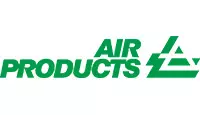

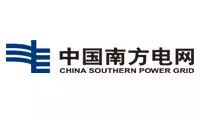
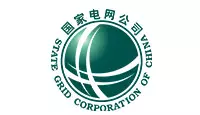
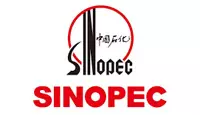
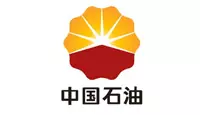

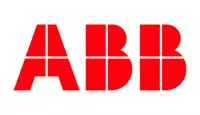

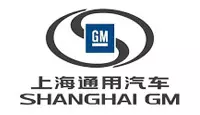
© 2023 Shanghai C&G. All Rights Reserved.